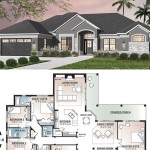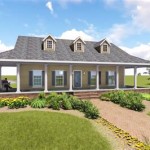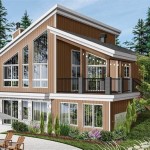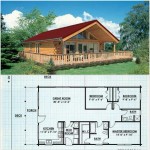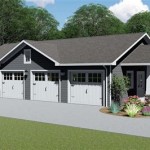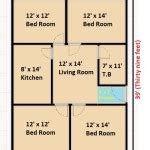Providing a safe and comfortable home for bats can be a rewarding experience. Building a bat house is a great way to provide a safe shelter for these amazing creatures and can help keep your local bat population healthy. In this article, we will discuss the steps and considerations that go into creating plans for bat houses and how to build them correctly.
What Materials Are Needed to Build a Bat House?
When building a bat house, it is important to use the right materials. The most common materials used for bat houses are cedar, plywood, and pressure-treated lumber. Cedar is a great option for bat houses because it is naturally resistant to decay and rot. Plywood is also a good choice because it is lightweight and easy to work with. Pressure-treated lumber is a great option for outdoor structures because it is resistant to weathering, decay, and rot.
Where Should You Place Your Bat House?
When planning where to place your bat house, it is important to find a spot that is sheltered from the wind and rain, and is also close to an insect-rich area. Bats like to roost in places that are sunny during the day, so they can warm up quickly. They also prefer to roost in places that are dark at night, so they can hide from predators. It is also important to place your bat house in an area that is not too close to humans, as bats are sensitive to disturbances.
What Are the Best Plans For Bat Houses?
When creating plans for bat houses, it is important to consider the size of the house and the number of bats you want to accommodate. The best plans for bat houses are typically designed to hold between 50 and 150 bats. The size of the house should be at least 15 inches tall by 12 inches wide and at least 8 inches deep. It is also important to use materials that are durable and able to withstand the elements, such as cedar or pressure-treated lumber.
What Else Should You Consider When Creating Plans for Bat Houses?
When creating plans for bat houses, it is important to consider the size and placement of the entrance holes. It is recommended that the entrance holes be between 3/8 and 5/8 inches in diameter and should be placed in the lower half of the house. It is also important to create a landing pad on the outside of the house, which will help bats land and enter the house more easily. When building the house, it is important to use screws or nails that are galvanized, as they will not rust or corrode over time.
Conclusion
Building plans for bat houses can be a rewarding experience and can help keep local bat populations healthy. It is important to use the right materials, such as cedar or pressure-treated lumber, and to consider the size and placement of the entrance holes when creating the plans. By following these steps, you can create a safe and comfortable home for bats to roost in.














Related Posts

